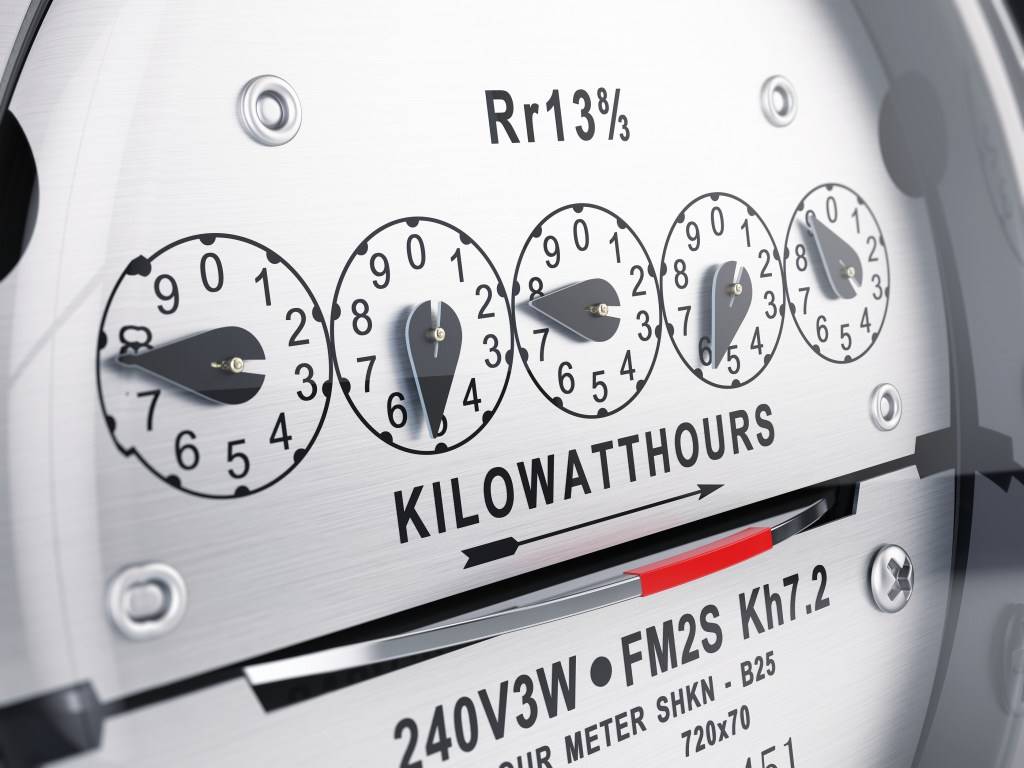 You can’t manage what you don’t measure — it’s a common phrase, and in the case of energy, it goes beyond monthly bill tracking from a utility provider. That data is useful for benchmarking a facility and understanding the annual and monthly energy usage and associated costs, but it does not provide adequate information to understand how the building operates on a day-to-day basis or to find opportunities to reduce energy use.
You can’t manage what you don’t measure — it’s a common phrase, and in the case of energy, it goes beyond monthly bill tracking from a utility provider. That data is useful for benchmarking a facility and understanding the annual and monthly energy usage and associated costs, but it does not provide adequate information to understand how the building operates on a day-to-day basis or to find opportunities to reduce energy use.
In order to understand how a building uses energy through the day, utility submeters are recommended. These meters are installed on the load side of the utility meter and can provide real-time kilowatt demand, cumulative kilowatt-hour consumption and — depending on the meter type — may provide diagnostic points, such as line-to-line and line-to-neutral voltage and current and power factor readings for three-phase power. They can be stand-alone meters that reside on the enterprise network and contain their own software tools, or they can be integrated into a building automation system (BAS) through BACnet or Modbus communication protocols.
Submetering does not stop at the building level, though. Current transducers (CTs, as they’re known in the BAS industry) are common sensor types used in BAS systems; but, more often than not, the “dry contact” version is specified in controls designs to provide “run status” of HVAC and other systems. These CTs sense current and, above a certain threshold, close a set of contacts that indicates to the BAS that current is detected and, therefore, the system is “on.” They do not tell you how much energy is being used, however. Substituting or replacing dry-contact CTs with analog CTs changes the BAS input/output from a digital “on/off” signal to a 4 to 20 milliamp signal that has a linear response to the actual current draw of the motor, compressor or other piece of equipment being monitored.
In combination with a building-level submeter, the current readings of analog CTs on energy-using systems allow the energy manager to know exactly how many kilowatts and kilowatt-hours each system uses. The readings also show trends in energy use, which help identify energy efficiency measures (EEM) as well as measurement and verification of EEM performance.
For more information, contact Nate Boyd at nboyd@hanson-inc.com.